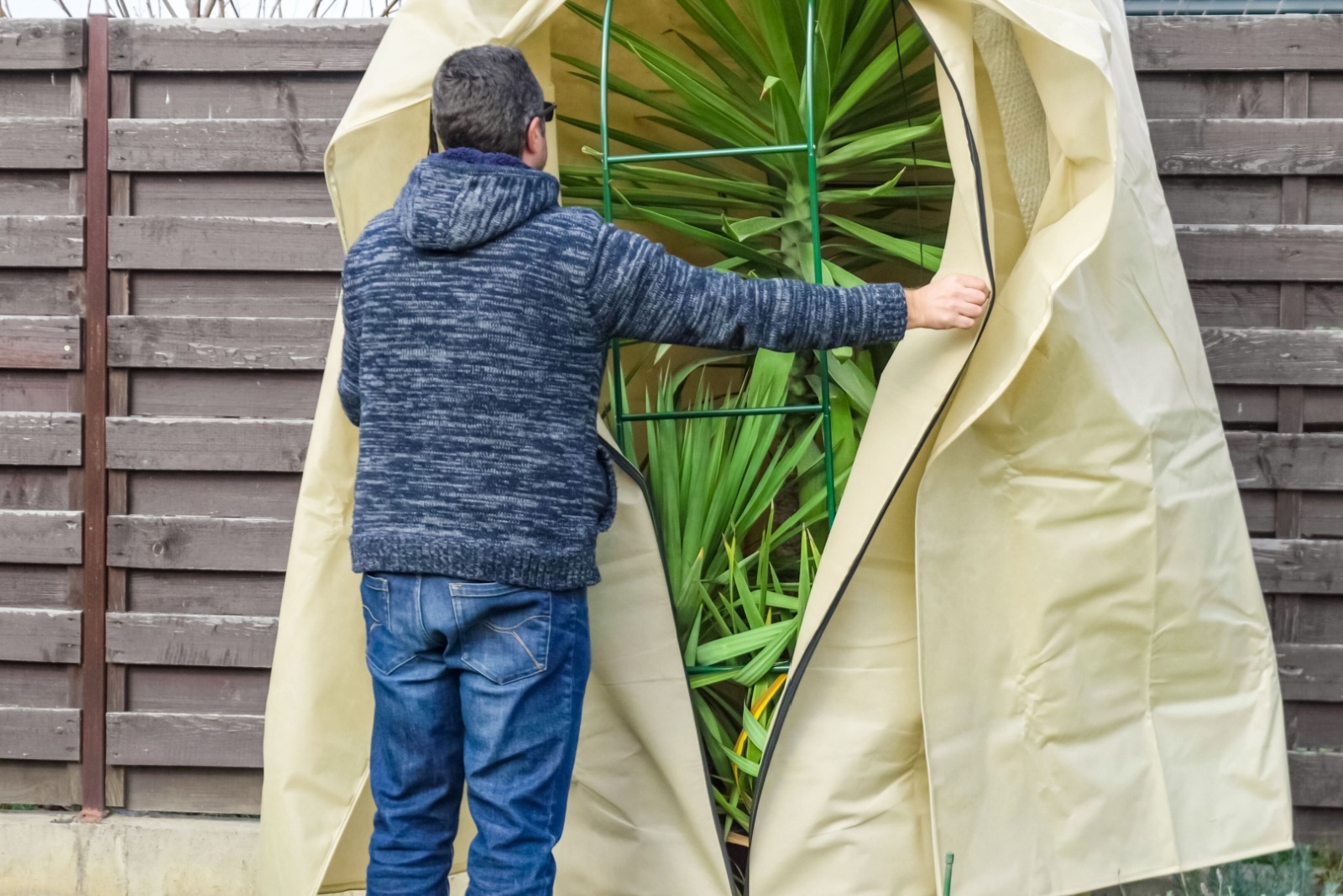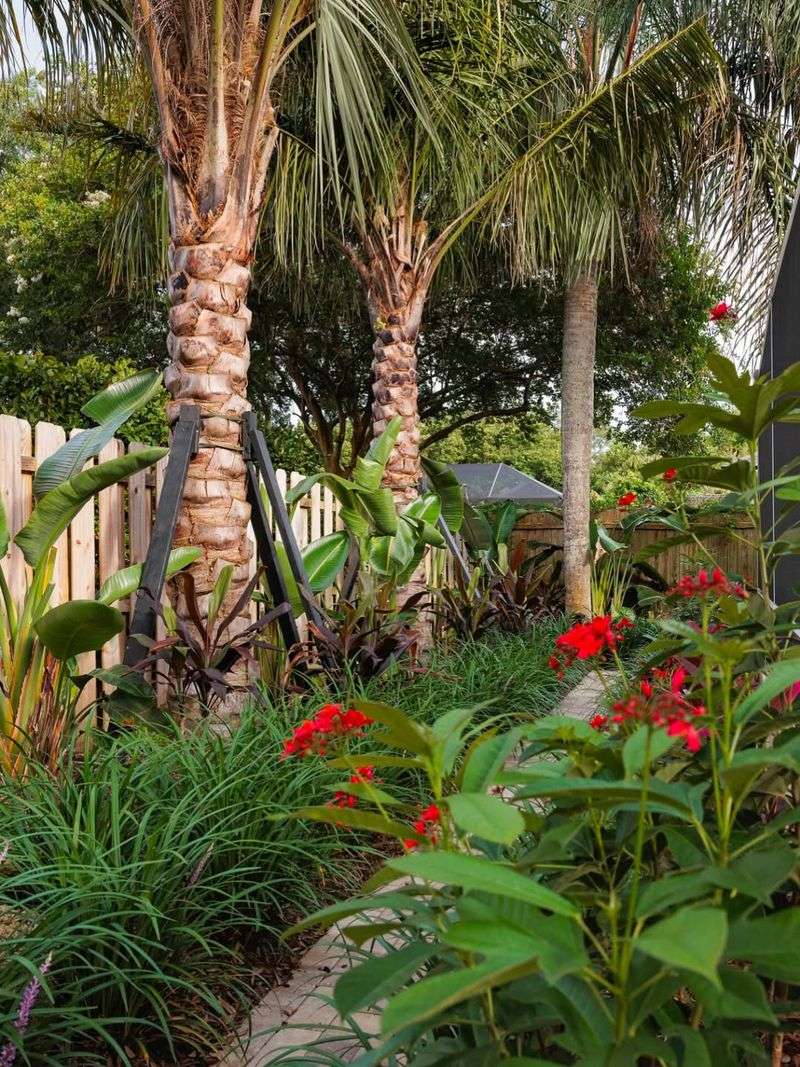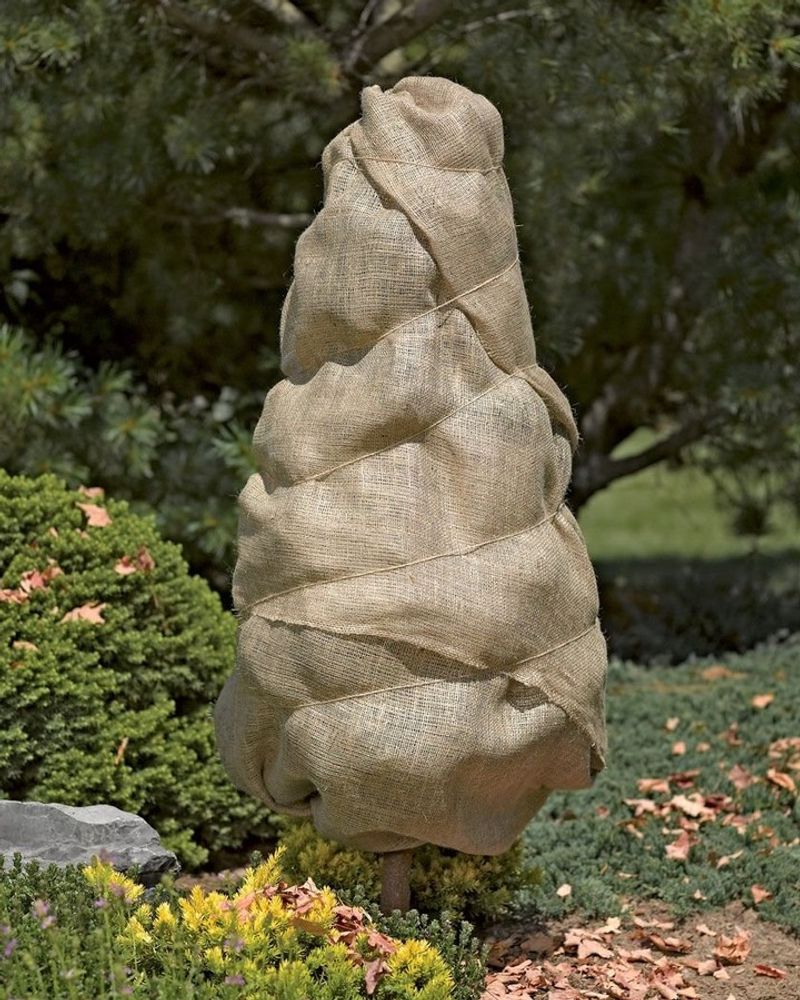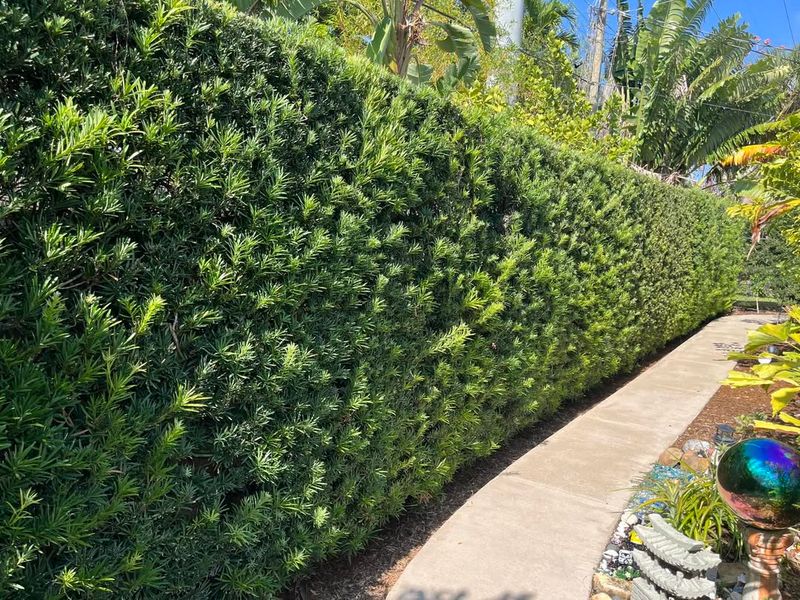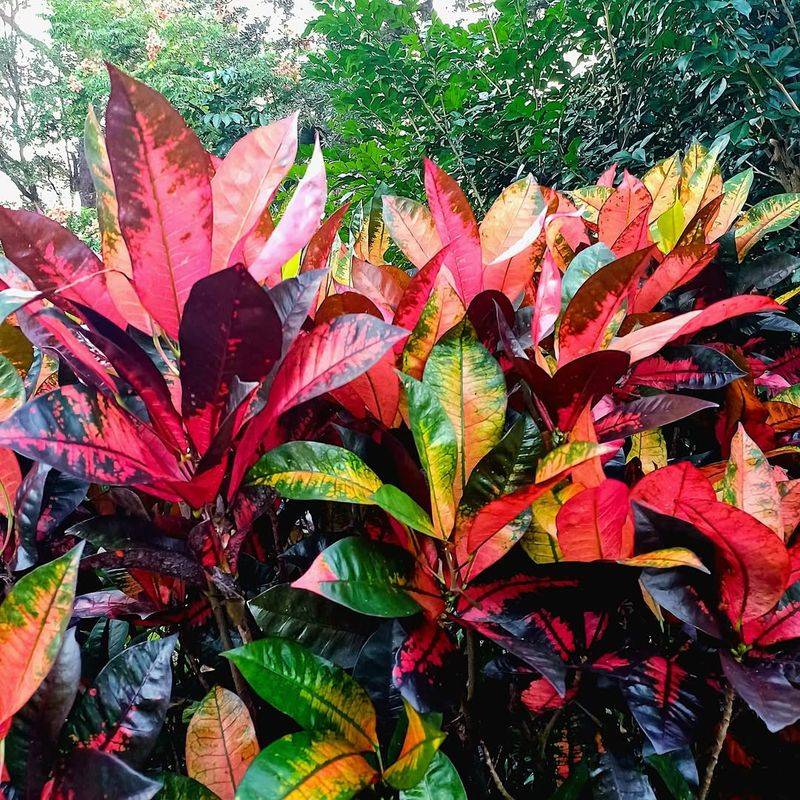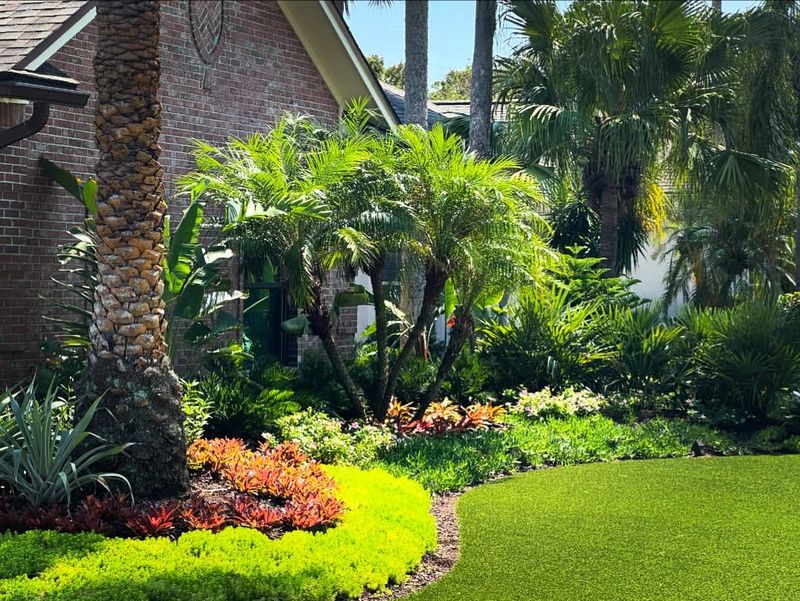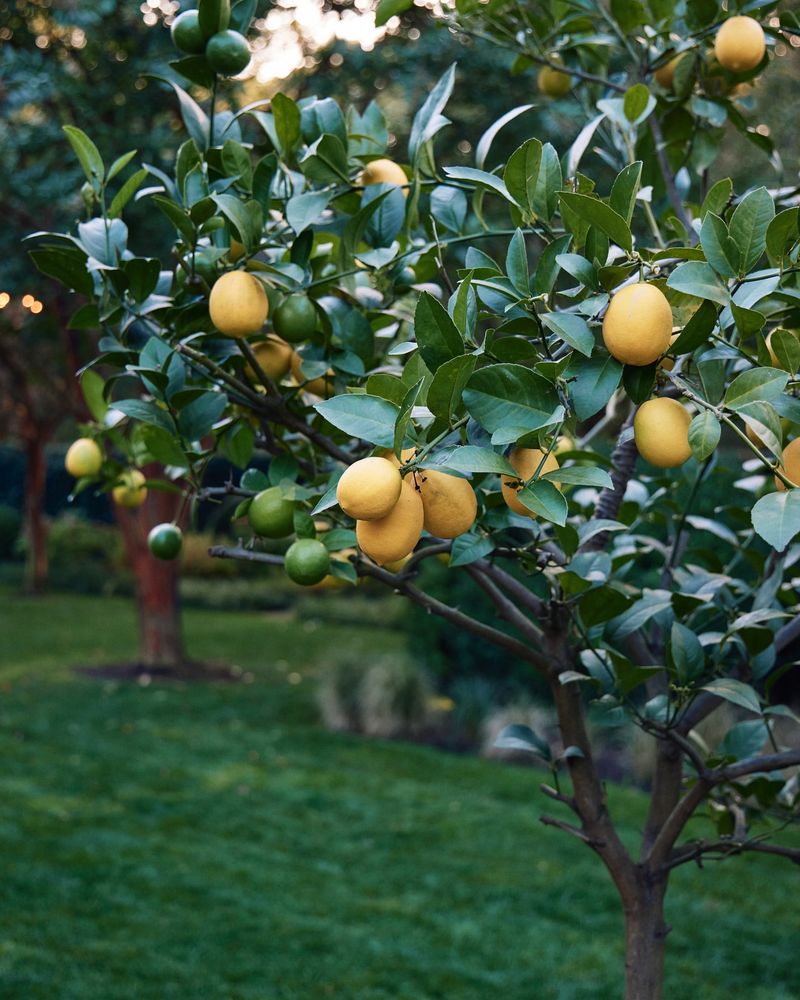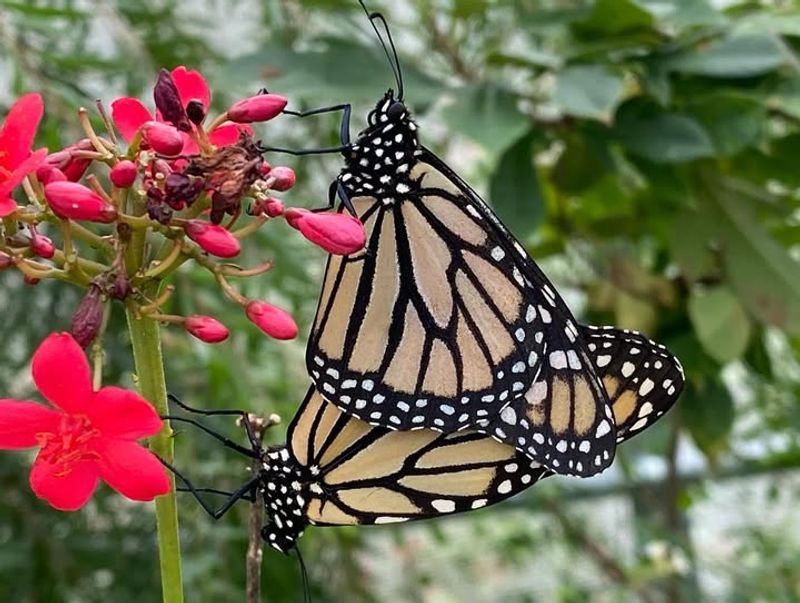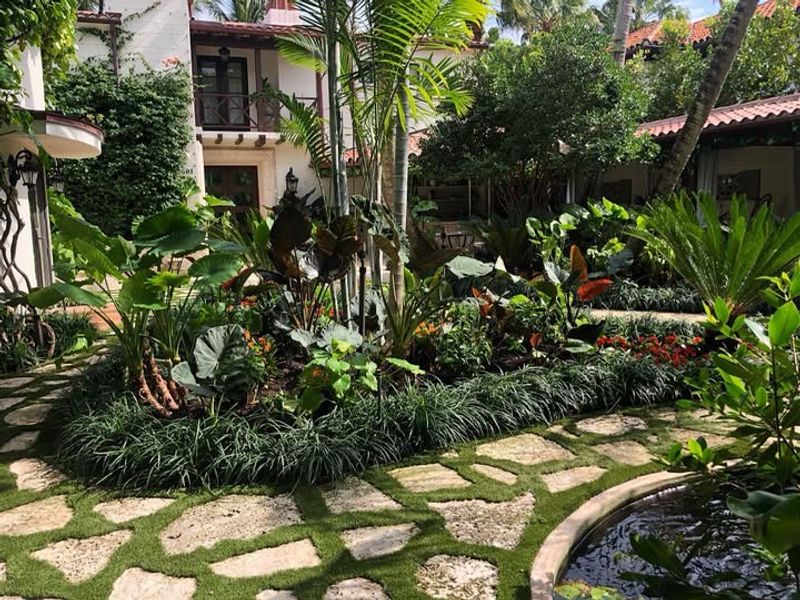Cool nights sweep in without warning, and delicate greenery faces a real test as the month unfolds.
I watch leaves tighten, colors dull, and stems brace for a chill that can strike fast and cut deep.
One cold snap holds the power to undo months of care, so homeowners act quickly once forecasts hint at trouble.
A simple sheet, a warm corner, or a move under cover can save prized plants from a harsh blow.
Every gardener I know treats this time of year like a quiet duel with the elements, and a bit of caution now often decides the winner.
Unpredictable Cold Fronts Strike Without Warning
Cold fronts can sweep through Florida faster than you might expect, dropping temperatures by 20 or 30 degrees in just a few hours.
Your hibiscus or bougainvillea that looked perfectly happy in the morning could be shivering by nightfall.
Weather forecasts help, but Mother Nature sometimes throws curveballs that catch even experienced gardeners off guard.
Tropical plants evolved in consistently warm climates, so they lack the natural defenses that temperate plants develop for winter survival.
Their cells contain more water and thinner cell walls, making them vulnerable to ice crystal formation when temperatures dip below freezing.
Even a brief cold snap can cause permanent damage to leaves, stems, and root systems.
Many Florida homeowners have learned this lesson the hard way after losing prized specimens to a single unexpected freeze.
Preparing your plants before cold weather arrives gives them the best chance of survival.
Covering them with frost blankets, moving potted plants indoors, or using other protective measures can mean the difference between a thriving garden and a disappointing spring cleanup.
Investment Protection Saves Money Long-Term
Mature tropical plants represent a significant financial investment that deserves protection.
A well-established palm tree can cost hundreds or even thousands of dollars to purchase and install.
Rare orchids, exotic bromeliads, and specimen plants often carry premium price tags that reflect their beauty and scarcity in the market.
Replacing damaged plants after a freeze can drain your wallet quickly.
Beyond the purchase price, you will need to pay for removal of damaged plants, soil preparation, and professional installation if the specimens are large.
Labor costs add up fast, especially when you are dealing with multiple plants across your property.
Prevention costs a fraction of replacement expenses.
Frost blankets, burlap wraps, and other protective materials are relatively inexpensive and can be reused for many seasons.
Spending a little time and money on protection now saves you from the heartbreak and financial burden of rebuilding your entire tropical landscape.
Smart homeowners view plant protection as insurance for their outdoor investments.
Curb Appeal Maintains Property Values
Your home’s exterior makes the first impression on visitors, potential buyers, and neighbors who pass by daily.
A lush tropical landscape filled with healthy plants creates an inviting atmosphere that reflects well on your property.
Real estate agents consistently emphasize that attractive landscaping can add thousands of dollars to a home’s market value.
Damaged plants send the opposite message, suggesting neglect or poor maintenance to anyone who sees your property.
Brown, frozen foliage looks unsightly and takes months to recover, if it recovers at all.
During that recovery period, your home’s curb appeal suffers significantly, potentially affecting neighborhood aesthetics and property values.
Protecting your plants through December ensures your landscape remains picture-perfect throughout the winter months.
Florida’s mild winters should showcase vibrant greenery and colorful blooms, not frost-damaged casualties.
Maintaining that tropical paradise appearance requires proactive care during occasional cold spells.
Your neighbors will appreciate the effort, and your property will maintain its visual appeal and market competitiveness year-round.
Growing Season Delays Cost Time
Damaged plants need considerable time to bounce back from cold injury, often requiring an entire growing season or more to fully recover.
New growth must replace frozen leaves and stems, which redirects energy away from flowering and fruiting.
Some tropical species grow slowly even under ideal conditions, making recovery periods frustratingly long for impatient gardeners.
Plants that suffer severe freeze damage may never regain their original size and shape.
Structural damage to main trunks or branches can permanently alter a plant’s appearance, leaving it lopsided or sparse.
You might wait years for a severely damaged specimen to fill back in, if it survives at all.
Prevention keeps your plants on their natural growth schedule without setbacks.
Protected plants continue developing normally, producing flowers and fruit according to their typical timeline.
You will enjoy continuous beauty rather than watching bare branches slowly sprout new leaves.
Time is precious in gardening, and avoiding delays means you get to enjoy your tropical paradise without interruption throughout the entire year.
Sensitive Species Need Extra Care
Not all tropical plants handle cold weather equally, and some varieties are particularly vulnerable to even mild temperature drops.
Crotons, for example, begin suffering damage when temperatures fall below 40 degrees Fahrenheit, well above freezing.
Gingers, heliconias, and many orchid species also rank among the most cold-sensitive plants commonly grown in Florida landscapes.
These delicate beauties often serve as focal points in tropical gardens, providing bold colors and dramatic textures that define the space.
Losing them to cold damage creates noticeable gaps in your landscape design.
Their specialized growing requirements and limited cold tolerance make them candidates for first-priority protection when cold weather threatens.
Understanding which plants need the most attention helps you prioritize your protection efforts effectively.
Create a mental or written list of your most vulnerable specimens and prepare protection strategies specifically for them.
Moving potted sensitive plants indoors, wrapping trunks, or installing temporary windbreaks can save these special plants.
Your extra effort preserves the unique character and tropical ambiance that these sensitive species bring to your outdoor space.
Root System Damage Causes Hidden Problems
While frozen leaves and stems are obvious signs of cold damage, root systems can suffer invisible injuries that only become apparent later.
Roots lack the protective bark and outer layers that shield above-ground plant parts from temperature extremes.
When soil temperatures drop significantly, root cells can freeze and rupture, compromising the plant’s ability to absorb water and nutrients.
Damaged roots cannot support healthy growth even if the above-ground portions appear fine initially.
Plants with injured root systems often decline gradually over weeks or months, showing symptoms like wilting, yellowing leaves, and stunted growth.
By the time you realize something is wrong, the damage may be irreversible, and the plant may be beyond saving.
Mulching around plant bases provides excellent insulation for root zones during cold spells.
A thick layer of organic mulch acts like a blanket, moderating soil temperature fluctuations and protecting those critical underground structures.
This simple protection method costs little but delivers enormous benefits for plant health and survival during Florida’s occasional winter cold snaps.
Fruit Production Depends On Plant Health
Many Florida homeowners grow tropical fruit trees like mangoes, avocados, papayas, and citrus varieties that provide delicious harvests throughout the year.
Cold damage to these trees can eliminate or significantly reduce fruit production for one or more seasons.
Flower buds are particularly vulnerable to freeze damage, and without flowers, there can be no fruit.
Young fruit already developing on trees when cold weather strikes often drops prematurely or develops quality problems.
The remaining fruit may be smaller, less flavorful, or misshapen compared to normal harvests.
For homeowners who depend on their trees for fresh fruit, this represents both a culinary disappointment and a financial loss.
Protecting fruit trees during December ensures you will enjoy abundant harvests in the coming months.
Wrapping trunks, covering canopies, or using irrigation frost protection methods can save developing buds and young fruit.
The effort you invest in protection pays delicious dividends when harvest time arrives, filling your kitchen with homegrown tropical treats that would cost a fortune at the grocery store.
Pest And Disease Vulnerability Increases
Cold-stressed plants become more susceptible to pest infestations and disease problems that healthy plants would normally resist.
Damaged tissue provides entry points for fungal pathogens, bacteria, and viruses that can cause secondary infections.
Weakened plants lack the energy reserves needed to mount effective defenses against these opportunistic attackers.
Insects and other pests often target stressed plants because they detect chemical signals that indicate vulnerability.
Scale insects, mealybugs, and aphids multiply rapidly on weakened specimens, causing additional damage that compounds the original cold injury.
Fighting these pest problems requires time, effort, and often expensive treatments that could have been avoided with proper cold protection.
Maintaining plant health through protective measures keeps your garden’s natural resistance strong.
Healthy plants produce defensive compounds and maintain vigorous growth that helps them fend off potential threats.
Prevention proves far easier than treating multiple problems simultaneously.
By protecting your plants from cold stress, you also protect them from the cascade of secondary issues that often follow environmental damage.
Wildlife Habitat Preservation Matters
Tropical plants in your Florida landscape provide essential food and shelter for butterflies, hummingbirds, bees, and other beneficial wildlife.
Native and adapted tropical species offer nectar, pollen, berries, and nesting sites that support local ecosystems.
When these plants suffer cold damage, the wildlife that depends on them loses critical resources during an already challenging time of year.
Butterflies like the zebra longwing and gulf fritillary rely on specific tropical host plants for laying eggs and feeding caterpillars.
Hummingbirds visit tubular flowers throughout winter, fueling their high-energy lifestyles with nectar from cold-hardy tropical blooms.
Protecting these plants ensures continuous resources for creatures that bring beauty and ecological benefits to your outdoor space.
Creating a wildlife-friendly garden involves commitment to maintaining plant health through all seasons.
Your protection efforts support not just your plants but entire communities of beneficial organisms.
The butterflies, birds, and pollinators that visit your garden will reward your efforts with their presence, creating a living landscape that feels truly connected to Florida’s natural environment.
Personal Enjoyment And Mental Health Benefits
Gardening provides proven mental health benefits, reducing stress and anxiety while promoting physical activity and outdoor time.
Your tropical landscape serves as a personal retreat where you can relax, observe nature, and enjoy the fruits of your labor.
Watching your carefully tended plants suffer cold damage can be emotionally distressing, especially after investing time and care in their cultivation.
A thriving garden brings daily joy and satisfaction that extends beyond mere aesthetics.
Stepping outside to vibrant greenery and colorful blooms lifts your mood and provides a sense of accomplishment.
Many homeowners develop genuine attachments to their plants, viewing them almost as living companions that deserve protection and care.
Taking action to protect your plants demonstrates responsible stewardship and reinforces your connection to your garden.
The simple act of covering plants or moving them to safety gives you a sense of control and purpose.
When your protected plants sail through cold weather unharmed, you will feel proud of your efforts and grateful for the continued beauty they provide throughout December and beyond.

